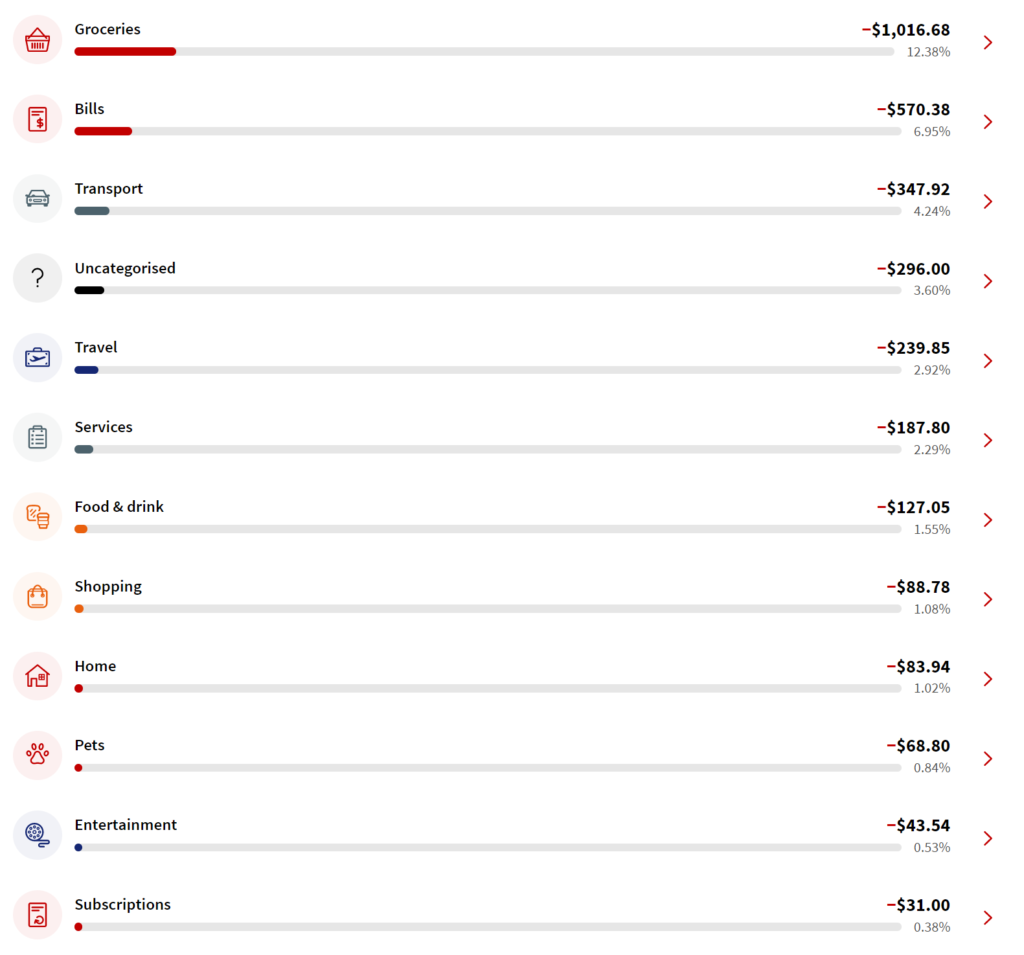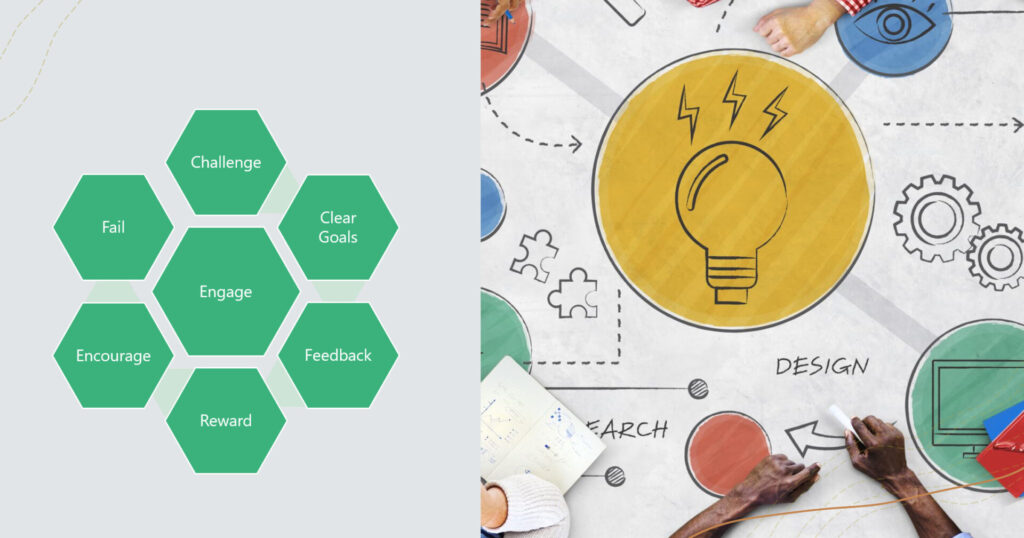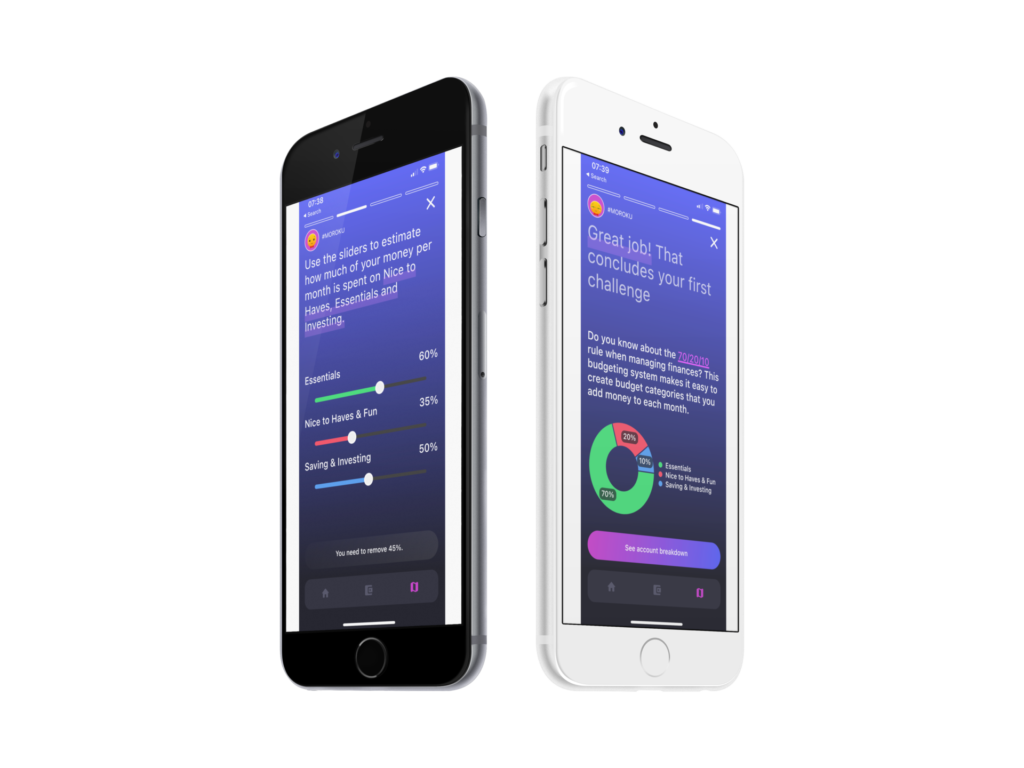Spotify is the world’s most popular audio streaming subscription service with 456m users, including 195m subscribers, across 183 markets. When Spotify was founded in 2006, the company made a significant impact on the market by offering something that no other music streaming app had: an easy, frictionless and personalised experience at a reasonable cost. This seems like a decent aspiration for financial services so lets dig into the how. Spotify acheived their vision with four primary levers.
Curation to Recommendation
Spotify first moved the status quo music model from a curation service that helped customers create their own radio stations to a personalised recommendation service that brought customers new music aligned to their preferences and listening habits. They made this shift by harnessing data, profiling and machine learning. Whilst data and ML may be well known, less work is done on profiling. Spotify uses “Taste Profiles”, a preference analytics and visualization tool. By assessing the meta data of what you listen to, Spotify can determine a ton of attributes including:
Mainstreamness – How widely popular is what you listen to?
Freshness – Do you prefer music that was just released?
Diversity – How open are you to new sounds? How often do you add new music to your playlists or collection?
Hotness – Amongst tastemakers, how buzzy is what you play?
Discovery – How often does what you listen to get popular later?
The Taste Profiles tool measures users on each of these scales and compares them to everyone else, then declares “You are 6.6% above the median freshness.” These measures help Spotify know if it should suggest more or less mainstream tracks to you, stick to classics or serve up the freshest release, and whether it should use your ahead of the gameness to suggest what’s hot to other users. Spotify assesses the genres and artists you favour to visualize your music “Clusters”. These are the different sides of your listening identity. Clusters can also be turned into different playlists, including ones with the most popular tracks in a genre, the top songs by artists of that style who you already listen to, or peppered with new artists you might like. Using profiles and clusters the service starts to become personalised.
Ship then Shop
The company adopted a ship then shop mentality. Under this model, the company does everything within its power to remove engagement friction, shipping a product to the consumer so they can evaluate product market fit, after which the consumer makes a purchase decision and shops. Whilst this is hard with physical products it is much easier with digital products. With 456m users and 195m subscribers, Spotify has twice as many customers, all being one to one messaged all of the time. Every bank, Fintech and Wealth Management CEO would love to have twice the number of customers they are talking to every day, deliverying value.
Buy vs Build
The third evolution to Spotify’s approach was the strategic acquisition of third party providers to enable the company’s personalisation goals such as TuneGo (to connect independent artists and bypass the market makers) and EchoNest (music intelligence) when they realised they could deliver mission critical capability faster, cheaper and better than they could do so internally.
Pilot
The company’s leaders understood the criticality of engaging and personalised services and that’s what they set out to deliver. They combined a business model and technology stack to best reach their customers and harnessed the power of data and machine learning to provide tailored customer services. Spotify knew they were in new ground and so expected to make some mistakes and for some of their initial assumptions to fail. They knew that only by going through this process would they learn, as does any foray through curiosity. Spotify created pilots with data, systems and different user sets to define what products they could scale.
The insights for digital financial service providers
Personalised digital experiences
Capitalising on data, models and algorithms. As with most profiling techniques, initial casts at customer models are roughhewn, modelled with chainsaws. As these are tested, increasing numbers of profiles can be created for alignment to likenesses, needs and motivations. Increasingly machine learning can be implemented to create segments of one through the development of individual algorithms for each customer. Before then chainsaw art. Moroku Odyssey starts with 12 models across 7 leagues along with other dimensions such as missions and levels to provide the initial algorithm set.
Buy vs Build
With the war on talent, capital and creativity as it is navigating buy versus build must be carried out at a strategic level. If left to middle management whose salaries, roles and bonuses are often linked to the size of their teams, it is too easy to err on the side of build, Buying allows organisations to move faster, access a broader talent pool and change direction faster.
Business models linked to engagement.
Engagement then revenue was the order of prioritisation at Spotify as it is in Dan Horowitz’ The Hard thing about hard things. People, Then Product drive profit. As customers get more value they are more willing to spend money as they enter the premium funnel and validate product market fit. Users can become players, before they are customers and that’s just fine. Spotify’s incentives are aligned so everyone benefits when Spotify sounds better. The longer people stay on the platform, the more likely they are to pay for premium, which is Spotify’s real money-maker.
Data Driven product development
In order to move to a recommendation service, Spotify needed to intimately know who customers were in terms of their preferences. Likewise, financial service providers need deeper insights as to who customers are. Open banking can help as can collecting more behaviour data to create a rich customer personality profile.
Pilot right before scaling
If you’re not failing, you’re not learning, you’re just repeating what you already know. Repeating what’s known may be fine for mature businesses in a steady state. Repeating what you already know is a primary tenet when you’re scaling but before then, when you’re innovating, errors are expected, its where you learn. Whether its learning to ride a bicycle, algebra or enhancing digital financial services experiences, there will be failure. What’s important is to go through the failure and learning barrier fast, identifying the learning, creating a test to validate it and build a constant motion of test, learn and growth. This is the growth mindset. The best way to do this is to start in a safe place, with low fidelity, cost and time tests, increasing the level of fidelity and integration of real data and systems as the learning identifies which innovations, practices and experiences can scale.
Spotifying Spending

Over the last few years, spending has become a feature in many banking apps, like that from the National Australia Bank (NAB). Using merchant codes, the bank displays customer spending across a range of categories. These merchant codes are provided for by the credit card who assign them to every business that applies to accept credit cards. The number corresponds to the type of business or service the company offers. When a purchase is added to your statement, the category assigned to it, such as “building materials” or “car rentals,” is tied to the merchant category code. The data is then provided by way of a pie chart or list of spending categories showing the % of spending within each category.
This might look interesting to some upon first glance but when the NAB spending tool, or indeed many of those deployed by banks world wide, is compared to how Spotify approaches engagement, one is left with one question “So What?” The experience ends in a user dead end. There are often no calls to action. The customer rarely knows what good looks like, nor does it seem does the bank, or presumably it might have shared that.

In the above image how does the user know if 6.95% on bills good bad or indifferent? What about the raw number? Are bills meant to be bigger than transport? At least the utility company does a better job with its single category of spend, showing me how my energy usage compared to other homes in my area. There is some engagement. Banks have spent so much on digital but even the dinosaur bone burners are ahead.
The design processes at Up, NAB and many other banks and fintechs ignore key engagement rules with their spending tool implementations. These include concepts well understood within their HR departments but ignored within the departments responsible for humanising the digital experience, creating and building customer relationships. These include empathy, gratitude, and encouragement, all of which are missing from the current breed of spending tools

Another fundamental that banks are missing is that concerning the paradox of choice as highlighted in our spending blog. Customers have a finite amount of energy to contribute to decision making every day. Kids, homes, jobs, health, neighbours, relationships, EQ, IQ and PQ tests. When they are presented with too many options they are left paralysed – the opposite of engagement.
For the mass market and the mass affluent there is a known indifference or low tolerance for decision making as shown by the market breakdown research below from Deloitte. We have to find a way of making it more obvious and engaging with less cognitive overload. We think less than we think we think.

Fortunately, there are recognised ways of overcoming this paradox of choice and delivering better engagement. The re-known Barefoot Investor and others have shown us that there are only three spending categories that matter. Essentials, Nice to Haves and Savings. With Open Banking available to harvest all a client’s data we can now do better than just present them the data. We can gather the data and present it in a way that is Spotified, i.e. can move from the curation of money to the recommendation of money. We can show customers what good looks like for them, based on their profile and engage them around that data. By assessing the meta data of customer’s behaviour, the data platform can determine a ton of attributes and use these to guide the customer on their journey of money mastery.
You can see these concepts within Moroku Money, a whitelable mobile and internet banking solution for banks and credit unions that brings many of these ideas together. Money pulls data from the core banking system as well as Open Banking through our partnership with Basiq to not only categorise the transactions but then Spotify that data, providing recommendations, challenges and engagement around the customer and their money based on the player profiles and archetyping. The platform enables the ship then shop model, allowing customers to first test product fit by exploring content and tools and creating a market funnel for the financial service provider and then become customers as they level up for their challenge and reward. Moroku offers financial service providers with the opportunity to buy the platform and by so doing get access to the research and data from other customer projects as well as pilot it to get the first cut of the player profiles readied for their market.

Spotify changed the rules not only for the music industry but for digital engagement generally. By linking business models to user engagement, using data and user profiling to deliver personalised experiences, buying instead of building solutions to gain competitive advantage and piloting, Spotify gained the upper hand and became the category owner. The smart money is on these rules being more increasingly followed in financial services.